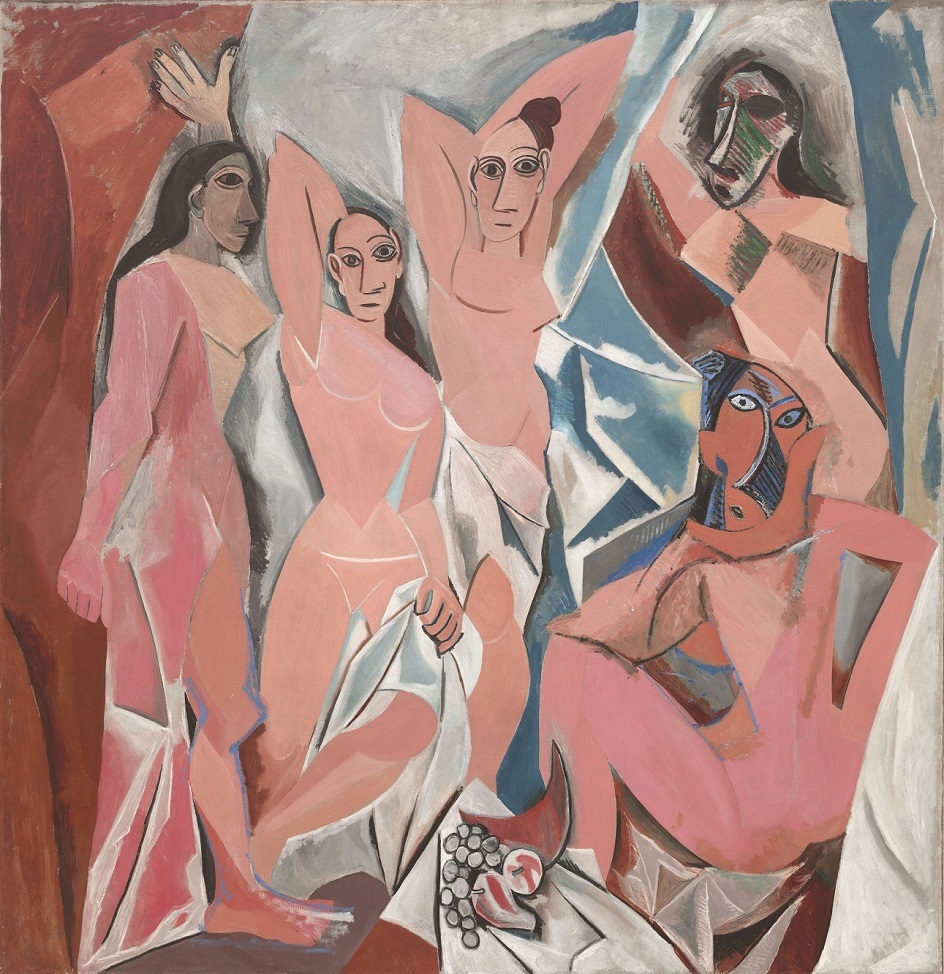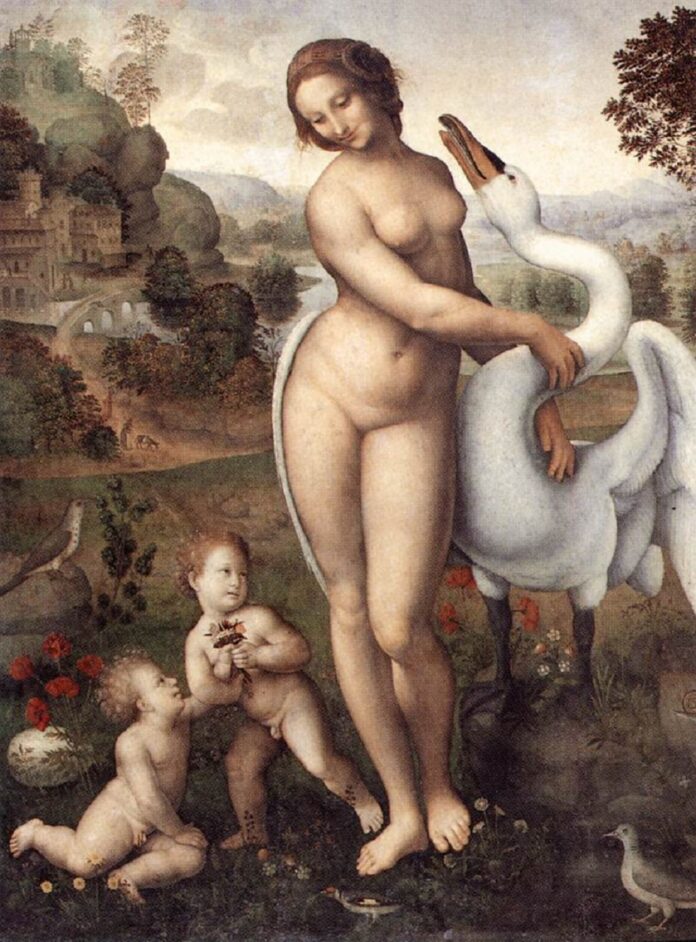The beauty of the female body in art has been praised by artists of different historical eras and styles for many centuries. People admired the beauty of the female body in art even in antiquity. Still, in the history of mankind, there have been periods when the aesthetics of nudity was under the strictest ban. In such times, artists and sculptors were forced to hide the beautiful outlines of the figure under their clothes so that their works corresponded to the moral principles of society.
The beauty of the female body in art evokes a variety of emotions in viewers: from admiration and reverence to envy and anger, but it leaves no one indifferent. Therefore, even today the topic of nudity painting has not lost its relevance for both artists and the general public.
How ideas about the beauty of the female body in art have changed in the history of mankind
Even in prehistoric times, ancient masters created images of the fair sex. The most famous examples of naked art are small figurines made of ceramics, stone, and animal bones, now commonly called “Venuses of the Paleolithic”.
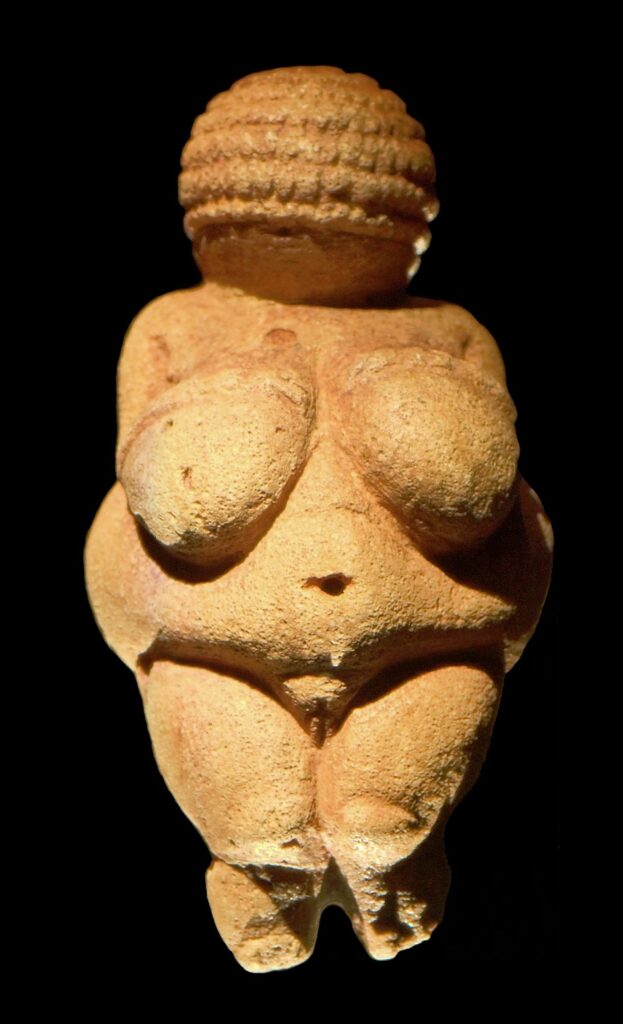
From the point of view of modern man, the idea of the beauty of the female body among the artists of the Stone Age was very unusual. Most of the figurines have obese forms, and their authors, according to historians, reflected in their works the widespread cult of fertility and motherhood.
In the art of Ancient Egypt, Mesopotamia, and other civilizations, images of a naked female body are practically not found. The same type of figures of people in those days was always dressed in clothes, which fully corresponded to the strict canons of morality. This tradition was later adopted and observed by ancient Greek masters for many centuries, but then the situation changed.
The ancient Greek sculptor Praxiteles (Πραξιτέλης) ventured to break the outdated canons and created the first sculpture depicting a naked woman – a statue of Aphrodite of Cnidus. This bold act marked the beginning of a long era of glorifying the beauty of the female body in ancient art.
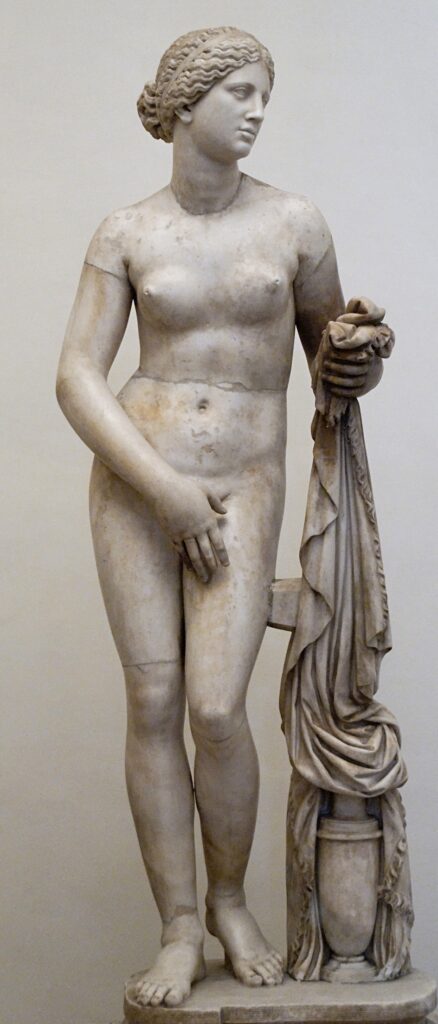
The Greeks, and then the Romans, for many centuries created beautiful statues of women, whose beauty is still admired by the audience today.
Nudity painting and sculptures were widespread in the culture of ancient peoples until the 5th century AD, but then, with the adoption of Christianity, a radical change in the moral principles of society took place in the Byzantine Empire.
The beauty of the female body has long been a taboo subject for artists.
The clergy frightened the believers with a terrible punishment for sins, and all obscene works of art were subject to ruthless destruction. But then the Renaissance came. It announced new humanistic ideals. Artists got the opportunity to return to the ancient canons of art, and the beauty of the female body was again reflected in nudity painting and sculptures.
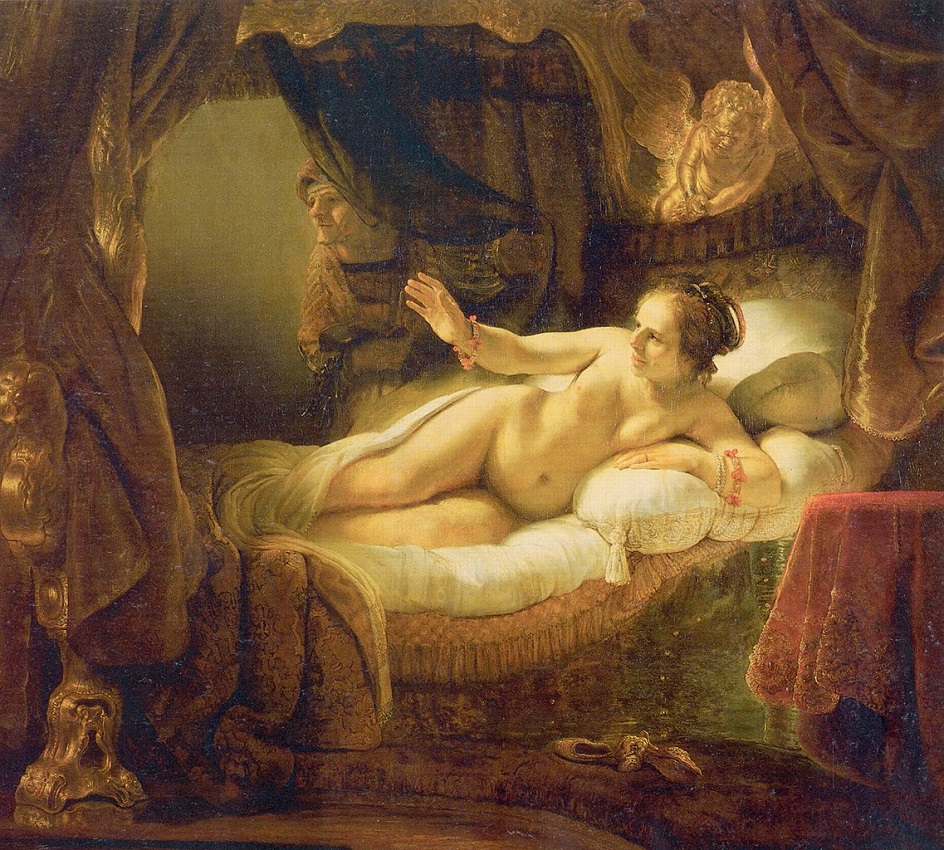
Renaissance masters created images of ideal heroines in religious, mythological, and historical genres. Almost all the outstanding masters of that era addressed the theme of the beauty of the female body in their work: from Raffaello and Leonardo da Vinci to Tiziano and Tintoretto.
In the Baroque era, the canons of female beauty have undergone great changes. Curvaceous forms of heroines, which symbolized vitality and health, became popular. Among the many works of this period, a special place is occupied by the work of Pieter Paul Rubens, whose full-bodied heroines still appeal to many art lovers today.
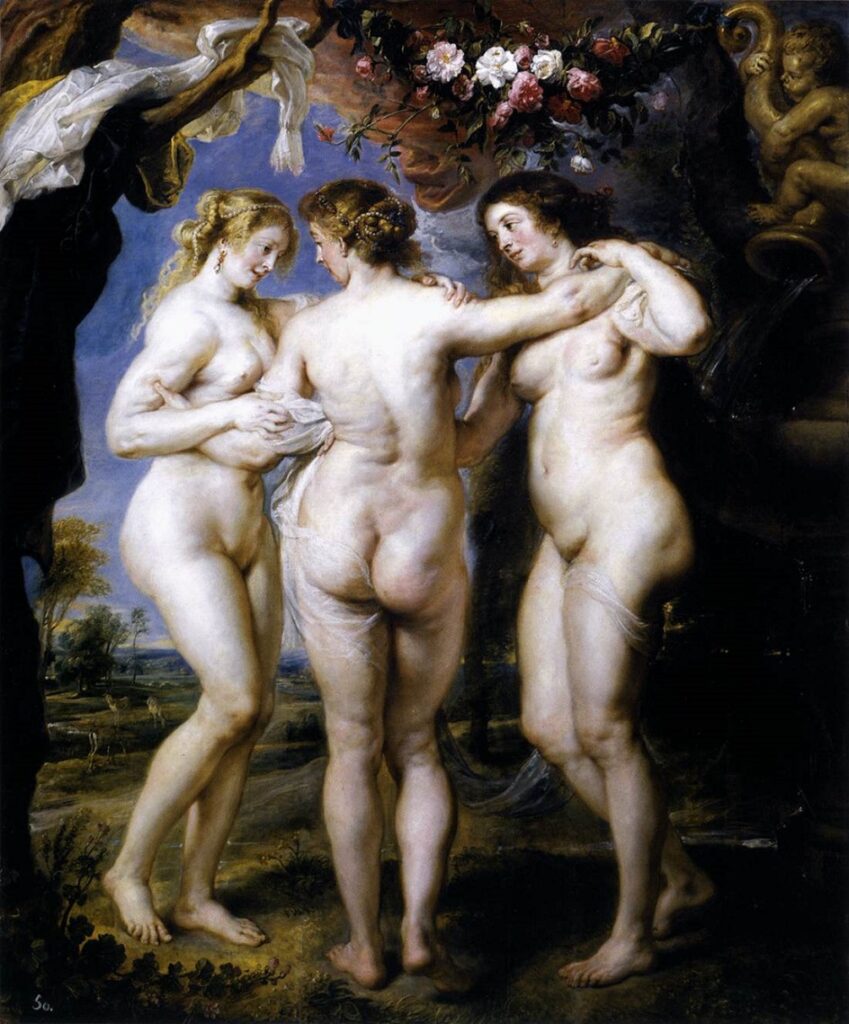
The Rococo style, which replaced the Baroque, slightly changed the canons of the beauty of the female body. Erotic motifs appeared in each nudity painting of the artists, and the images of the heroines became more sensual. Later, adherents of classicism and academism unsuccessfully tried to revive the ancient ideals of nudity in art, creating many beautiful paintings.
The 19th century was a period of many revolutionary changes for the fine arts. The beauty of the female body attracted representatives of many innovative styles. Followers of almost all major currents constantly turned to this topic. From the middle of the 19th century, photography began to develop rapidly, in which the theme of the beauty of the female body found wide application, and after another half a century, cinematography opened up new opportunities for the creative implementation of naked art.
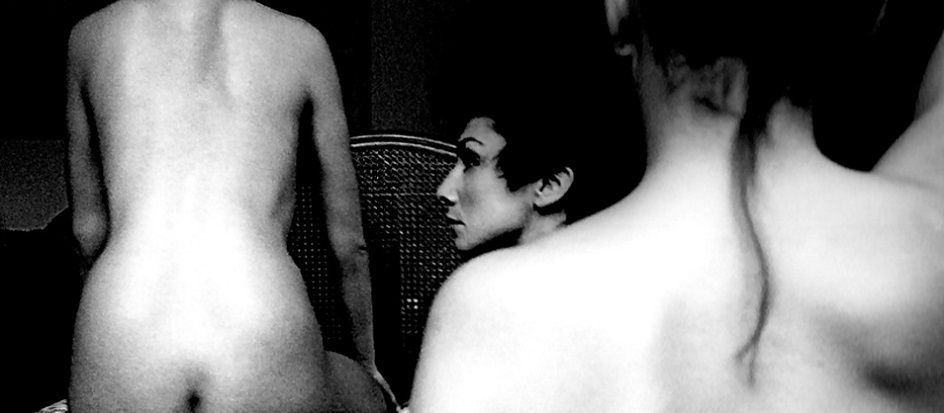
The 20th century was marked not only by the emergence of many new trends in art but also by multiple changes in the ideals of the beauty of the female body. Cinema began to play a leading role in the formation of fashionable images, famous actresses became role models for millions of women.
For centuries, the world’s best artists have created beautiful images of women that have become iconic in our culture. There is a huge number of outstanding works devoted to this topic and deserving close attention from the audience.
